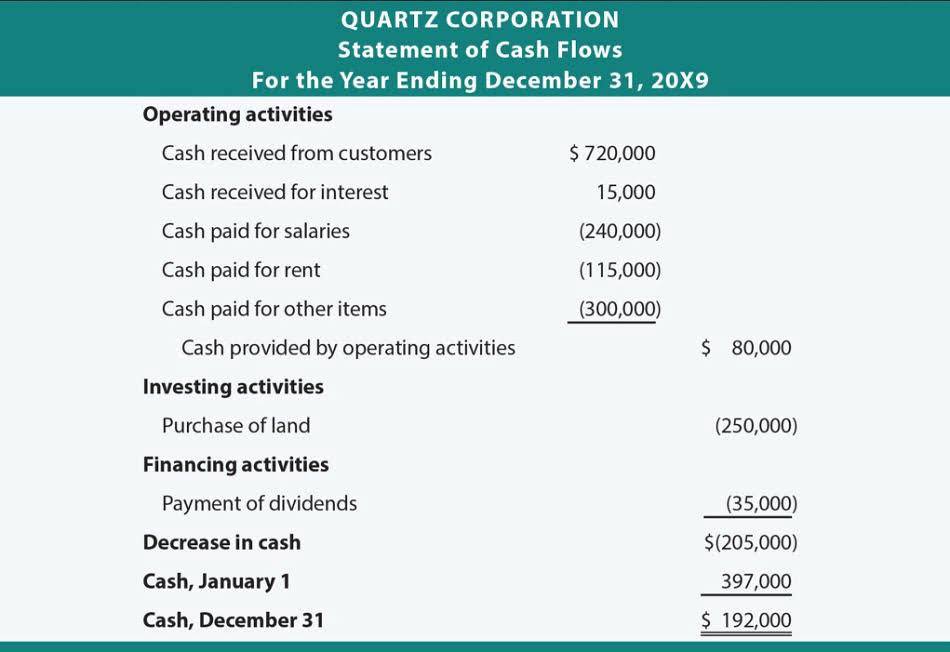
Bookkeeping begins with setting up each necessary account so you can record transactions in the appropriate categories. You likely won’t have the same exact accounts as the business next door—that’s one key reason we recommend meeting with a CPA to set up an individualized chart of accounts specific to your business. But regardless of the type or size of business you own, the accounts we list below are the most popular. Along with reading this page to get a quick bookkeeping overview, we always recommend meeting with a CPA (certified public accountant) or bookkeeper before you open your doors.
- Bookkeeping is the practice of organizing, classifying and maintaining a business’s financial records.
- Start with a free account to explore 20+ always-free courses and hundreds of finance templates and cheat sheets.
- This helps your bookkeeper catch more deductions, and will make your life easier if you get audited.
- Similarly for expenses, they are recorded even if no cash is exchanged.
- QuickBooks Online users can choose QuickBooks Live Bookkeeping to get year-round access to verified experts who are focused on their success.
- Because of the comprehensive skills you can acquire during the program, many great job opportunities become available.
In the 20 years since its introduction as a broad concept without strict guidelines, ESG has become politicized. Detractors argue that it introduces divisive social causes into corporate decision making. She has written legal and marketing content and communications for a wide range of law firms for more than 15 years.
What is business accounting? 21 tips for business owners
Bookkeeping is the practice of recording all of a business’s financial transactions, helping the owner gain an accurate picture of its financial condition. Bookkeeping is part of the general accounting function, which shows how money flows in each specific business account, such as sales, cost of goods sold (COGS), accounts receivable, and accounts payable. An accountant uses bookkeeping records to create financial statements presenting an overall view of a company’s financial health. Bookkeeping is the regular practice of updating a company’s financial records to reflect all financial transactions, credits, and debits. Since the information gathered in bookkeeping is used by accountants and business owners, it is the basis of all the financial statements generated. Most accounting software allows you to automatically run common financial statements such as an income and expense statement, balance sheet and cash flow statement.

Every time you perform a financial transaction—for instance, make a sale, accept a client’s invoice, or pay a bill—you should record that transaction in your general ledger. Recording a financial transaction in your general ledger is referred to as making a journal entry. Since bookkeeping is a more straightforward process than accounting, it is something that many people can (and do) opt to take care of themselves.
Exploring the Versatility of a Bachelor’s in Business Administration
It’s like driving a car without a fuel gauge or a map—sooner or later you’re going to get lost or run out of gas. Try Shopify for free, and explore all the tools you need to start, run, and grow your business. Here corporate bookkeeping are the key steps for a small business to establish a good bookkeeping system. With this type of service, you can communicate completely by email or phone without having to set aside time to meet in person.
There are several SBDC locations across several of our sister colleges. “At Rio Salado College, we believe in empowering student-entrepreneurs of all majors. Our curriculum design to help small business owners with strategies and tactics to grow within their industry competitive landscape,” said Dr. Lily Davidov, Faculty Chair of Accounting and Small Business. The information provided here is not investment, tax or financial advice.



